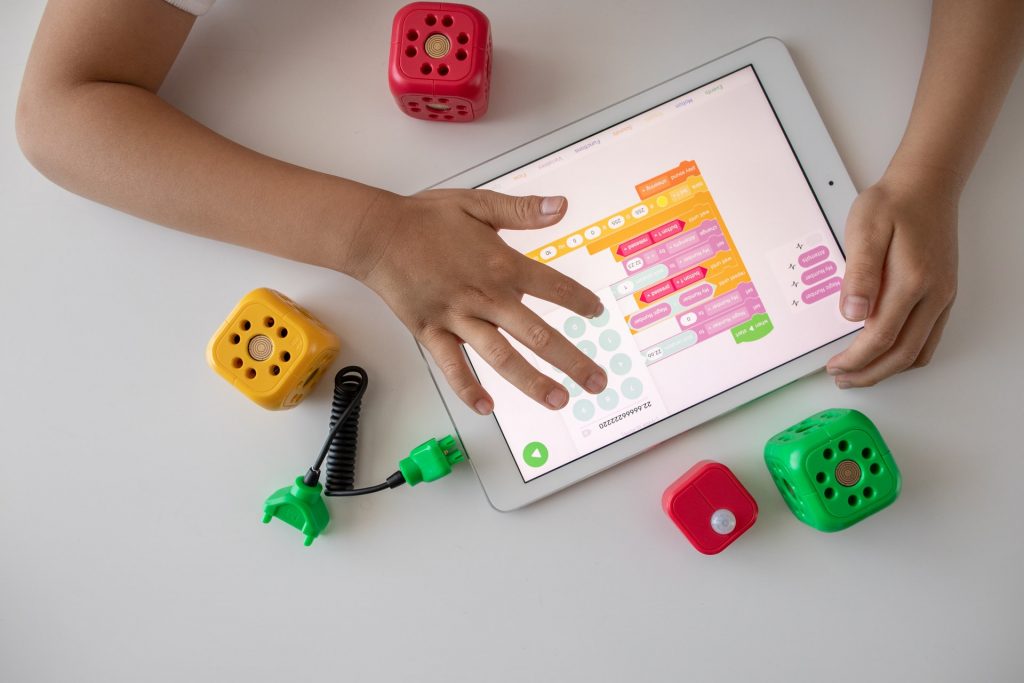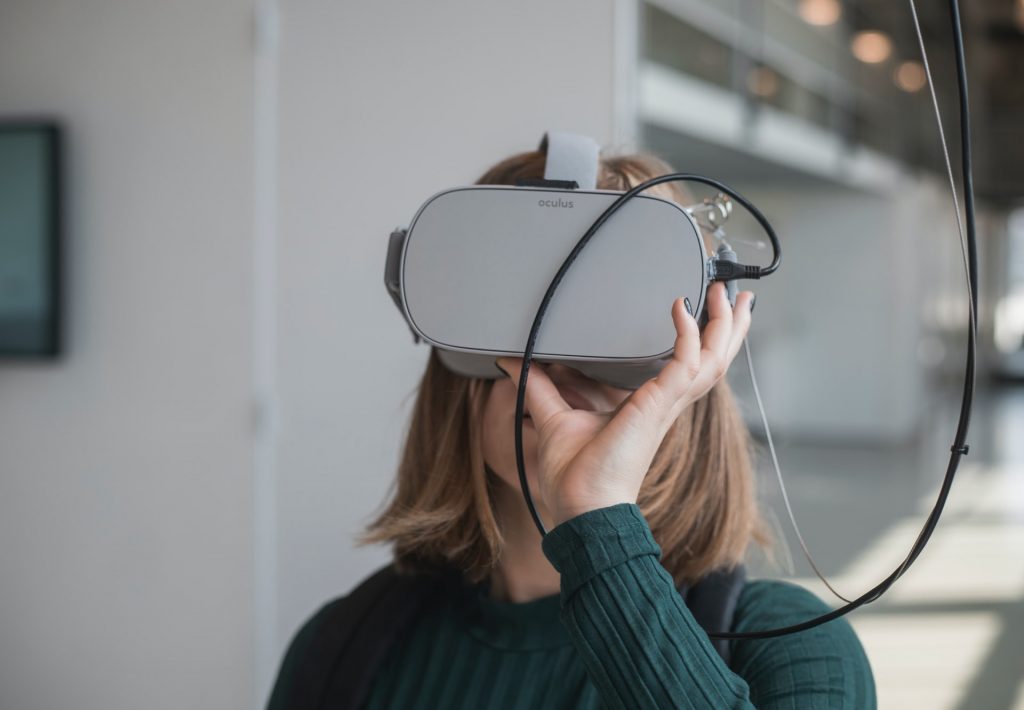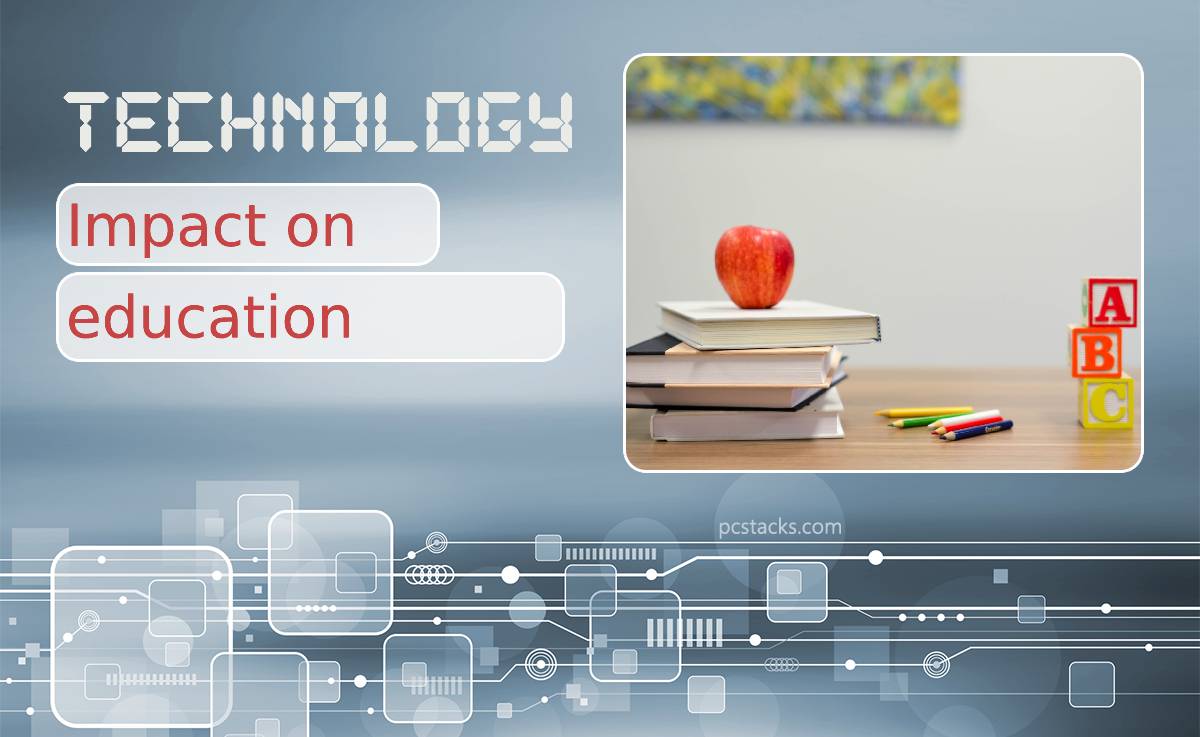Technology advancement has changed our world tremendously. Education has always been at the forefront of people’s attention, and many strive to control education and make it a tool of propaganda. Others don’t intrude, as they know that education changes rapidly.

What was impossible in the past is widely used in academia these days. For example, buying a college research paper for sale online was something extraordinary a decade ago. However, now it is a common practice.
What else has technology brought to education? Let’s find out.
Table of Contents
Remote Learning

Online education has recently been in the spotlight. Although the concept of remote learning was known long before the last year, and many academic institutions offered online degrees, only recently has it become widely employed.
Distance learning entirely relies on technology, i.e., devices like laptops and computers, accessories, and the Internet connection. Many apps and features were unavailable in the past, which made online learning less efficient; nowadays, instructors can do much more during remote classes. Taking online courses is convenient in many ways. For instance, students no longer have to travel or worry about the cost of transportation and accommodation. On the other hand, as explained in this article, creating online courses is also much easier now. Instructors can easily use different types of media to facilitate their lessons and make them more interesting – they can utilize audio, video, animations, and simulations to provide a more interactive learning experience.
Research Methods, Techniques, and Their Effects

Taking a reel-to-reel audio tape recorder and dozens of cassettes, several notebooks, pens, and batteries and going to a field to do linguistic fieldwork may sound attractive. In reality, though, it was challenging, as researchers had to pick lots of stuff and carry it on their shoulders.
What is far more critical is that such linguistic data collection (or any other collection related to anthropology, history, etc.) was challenging in terms of equipment and less effective than today’s technology.
Now, you don’t need to have the mentioned outdated items. Having a laptop with a microphone of decent quality will do it. Thanks to that, research has become easier and more accessible for students who can complete mock studies and strengthen their practical skills.
Gamification

Play-based learning was something unimaginable at the end of the 20th century. In the 21 century, however, it is among the most effective teaching and learning strategies. A lot of modern mobile apps use this element of gamification, and here you can learn more and be consulted. In addition, the prevalence of gamification took off when technology became more accessible to people.
Numerous academic institutions include educational games in their curricula. Moreover, teachers report that using games during classes improves student’s engagement and attention, which ultimately increases learning effects.
In addition, games like Kahoot, Quizlet, Socrative create healthy competition among students and help employ active learning (understanding the subject) and spaced repetition (utilizing the knowledge within specific periods not to forget it).
VR and AR

Virtual Reality and Augmented Reality are the products of technology development. They proved helpful a long time ago. Virtual Reality is predominant in simulating labs, fieldwork, and many other tasks.
Thanks to VR, students get Best Careers in Tech upon graduation, as their interest in IT and the programming industry surge. In contrast, AR adds layers to an existing setting. For example, AR is used during Physics classes to explain complicated processes or Astronomy to display the Solar System.
In addition, students of higher academic institutions, such as medical universities, use AR technologies to learn about the human body.
Online Conferences and Debate Sessions

Attending conferences and participating in debates are necessary for students. First, it helps them socialize with others, and second, it improves their cognitive abilities, analytical, oratory, and decision-making skills. However, such trips are often costly and time-consuming, sometimes almost impossible because of covid and other restrictions.
Yet, missing them isn’t the option, so here technology comes into play. Nearly any event can occur online, allowing even more students to participate in it and gain the necessary experience. To make sure you have a stable internet connection, you should check out COX Internet Plans & Packages
Bottom Line
When technology advances, it also improves other fields, and education is no exception. Thanks to technology development, education has become more accessible and practical. Now, students can study from home and obtain online degrees; games tend to be an integral part of education.
Also, games increase learners’ attention and productivity, and research can be done faster and more effectively. The above outcomes of technology’s influence on education are a drop in the ocean. Yet, they demonstrate how education took a step further and keeps developing thanks to technology.




